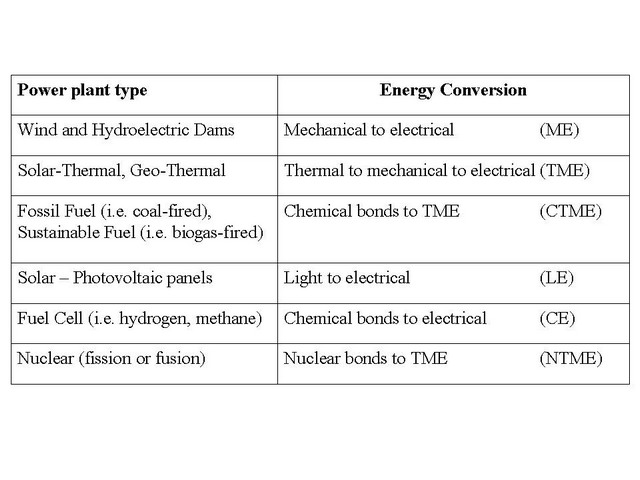Physics of Energy Curriculum
A curriculum is dependent on the teacher's ability to give context to the knowledge presented during class as well as a wealth of examples, whenever possible hands-on demonstrations or laboratories. When Professor Makanda and Dr. Mechtenberg have taught this course, they created a powerful interconnection to real life situations such that innovation and entrepernialship natural flow from class discourse and into the garage for building and onto the streets for selling these devices. The information presented here does not in any way give a true representation of what goes on in class. However, the accomplishments of the curriculum illustrate its power. In the upcoming months, we hope to have videos for future technical and polytechnic institutes can create themselves. We do believe and hope that even with the information presented here that other instructors can co-create solutions throughout Africa. Please feel free to contact us if you have more questions.
The beginning of our curriculum starts with a six tier-curriculum around the Physics of Energy. The curriculum ends with the Business of Energy aspect where we hope to spur innovation into entrepernurial endeavors. For example, the merry-go-round generator is a great innovation for (1) off-grid schools to generate electricity for the children and (2) for technical schools to create new economic opportunities. In this brief document, we present a curriculum outline with some supporting documents as well as the physics and business of energy supporting documents. These documents can be viewed with Adobe Flash or can be downloaded and read with Adobe Reader. Please feel free to contact us if you have more questions.
The following table illustrates our overall six tier curriculum on the physics of energy conversions. Each tier builds upon the next tier as well as introduces new physics concepts to better understand the fundamentals of energy. Whether one talks about a human powered bicycle or a big hydroelectric dams, the physics is the same (mechanical to electrical energy).
 In Africa, we have been focusing on the first tier curriculum in depth. Within this first tier, we have co-designed and built five energy generating devices all from local materials and expertise. The beauty of this methodology is its ability to open up the black box of engineering and make it the easy to understand and munipaluate arena of knowledge and innovation.
In Africa, we have been focusing on the first tier curriculum in depth. Within this first tier, we have co-designed and built five energy generating devices all from local materials and expertise. The beauty of this methodology is its ability to open up the black box of engineering and make it the easy to understand and munipaluate arena of knowledge and innovation.
These are notes which Abigail typed up from her first two courses at St. Joseph's Technical Institute and Mountains of the Moon University in Fort Portal, Uganda. She had many hands-on demonstrations including various hand-crank torches, radios, and cell phone chargers as well as how-to build an electromagnet lesson and building small models of every mechanical-to-electrical energy generating devices.
Building Models First
Before beginning any of these devices (besides the bicycle or hand-crank generator), please make sure to build a model out of wood or plastic first. Although we do not have many pictures of our models on this web site, we built a model for each design. Then we critiqued the design and only after days of arguing what local materials to use and how to build it... only then did we purchase the equipment and go to the garage to build. After building and testing each device, we then completely transfer to the Business of Energy curriculum to pilot each device.